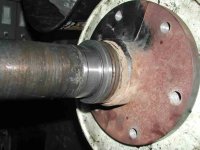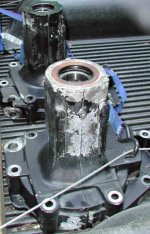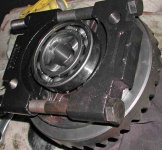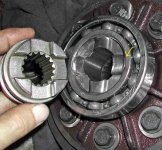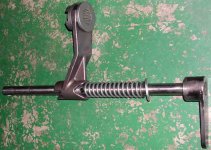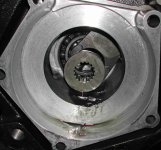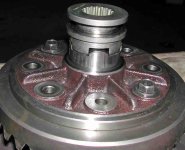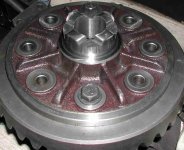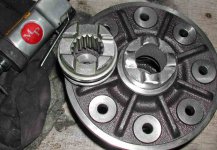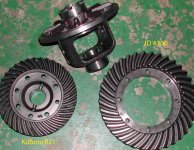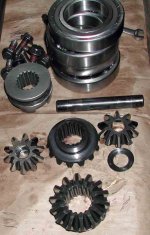scott_vt
Super Member
- Joined
- Oct 5, 2004
- Messages
- 7,662
- Location
- east wells,vt
- Tractor
- 1986 MF 1040, 1942 Farmall A, 1949 Farmall Super A
Wow, getting those brake levers off was tough!
Why were my levers so much harder than Kyle's to remove? I can see that
the lever tubing has rusted just a bit inside.
.
Good Evenin Dave,
My best guess is that they were using brand new reamers at the factory when they were manufacturing Kyles' levers, by the time they got to your tractor they were worn, resulting a smaller bore size ! Just a guess, but probablly not far from the truth !
Keep up the great work !
